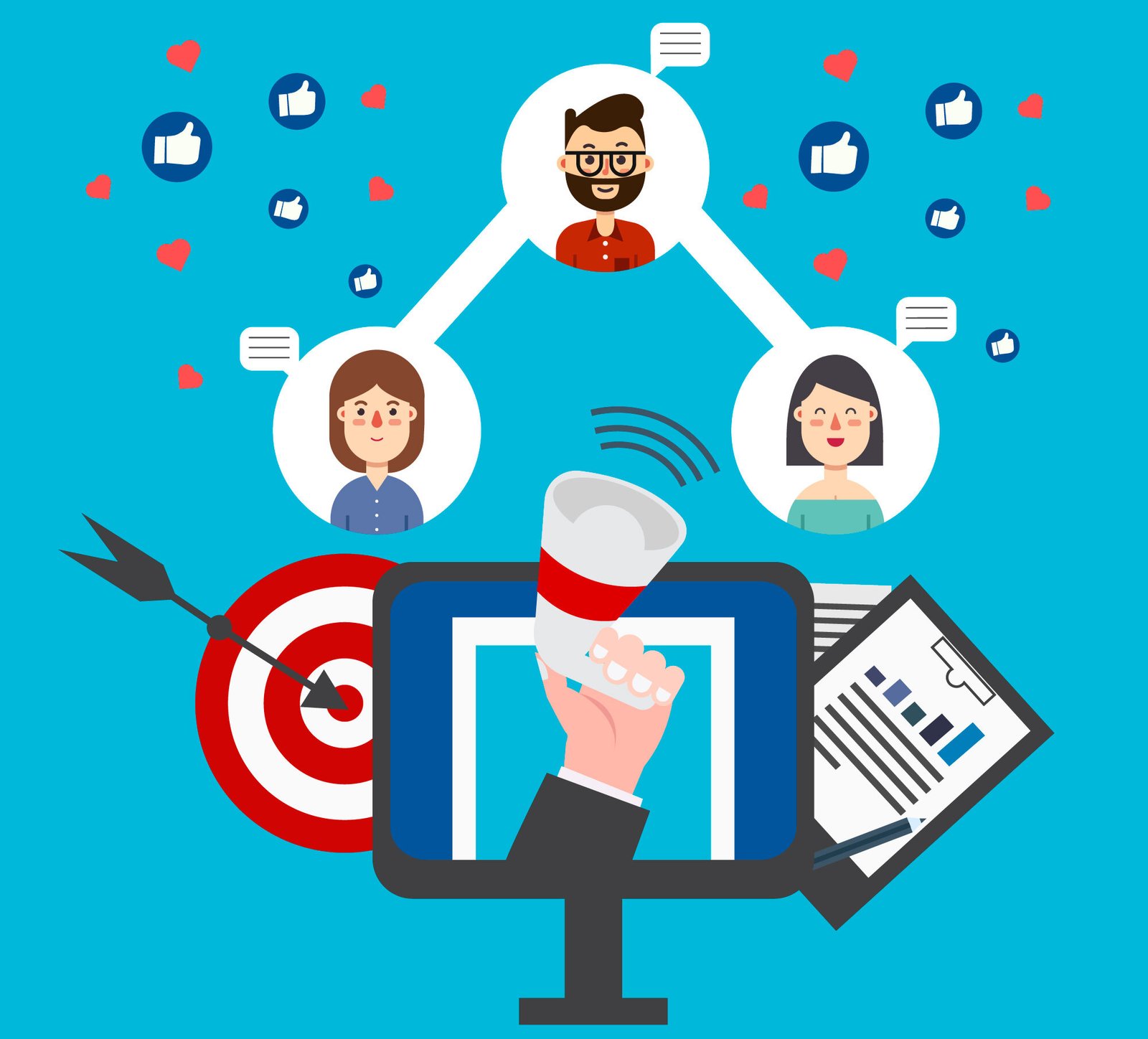B2B stands for business-to-business. It describes the commercial environment where companies exchange products, services, or information with other businesses. A software company operates in the B2B space when it sells enterprise solutions to corporations. Similarly, manufacturers work in B2B when they supply components to other producers. B2B marketing’s core mechanism creates demand from other businesses for products and services that solve specific operational challenges. B2B approaches are different from consumer marketing because they have:
- Multiple decision-makers in buying committees
- Longer, more complex sales cycles
- Content that shows tangible business value
- Sales and marketing teams working together
A successful B2B marketing approach helps prospects through a well-laid-out buyer’s trip. It starts with problem identification, moves through research and evaluation, and ends with a purchase decision. This process takes weeks or months rather than minutes or days.




